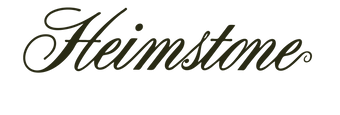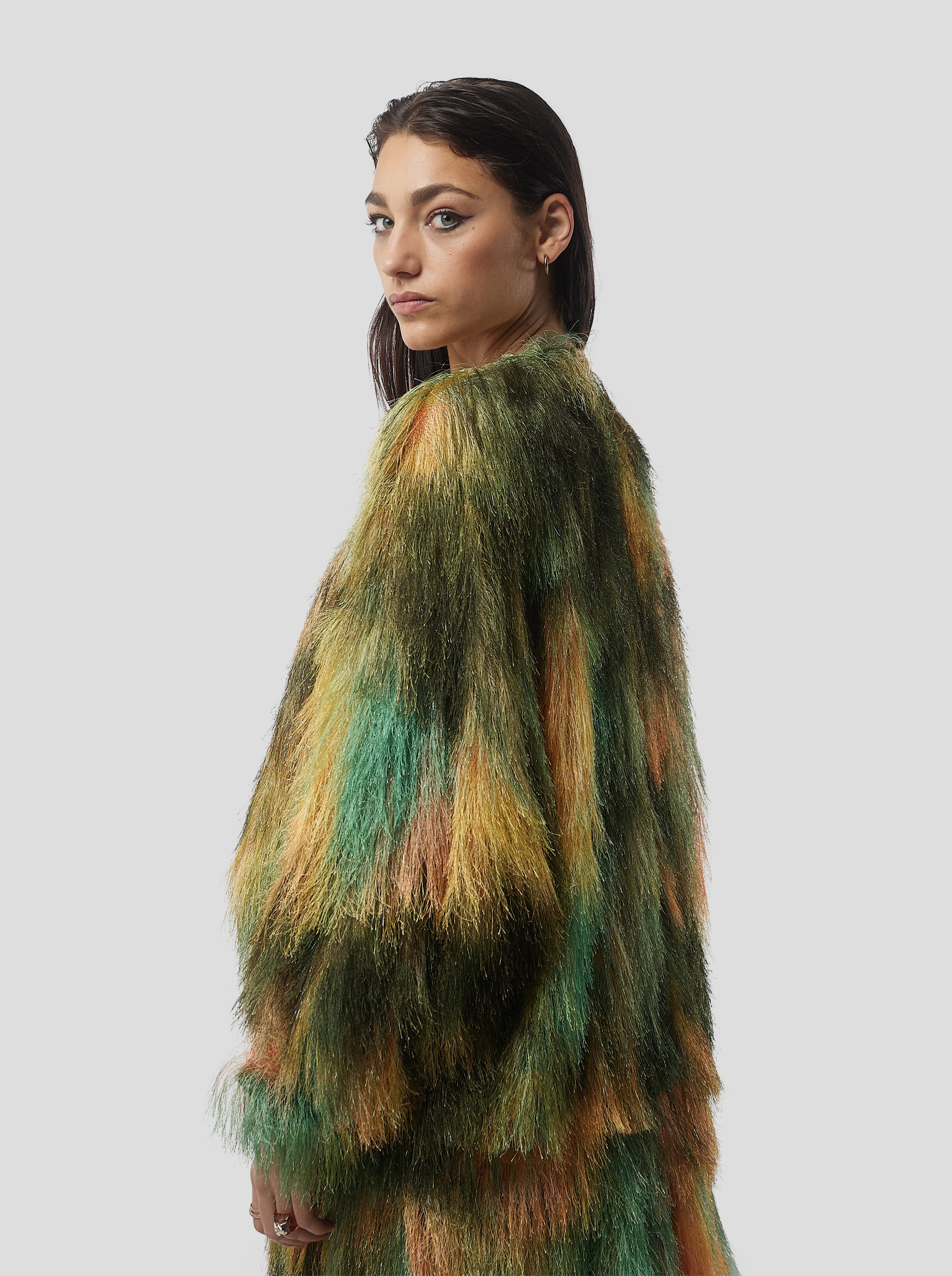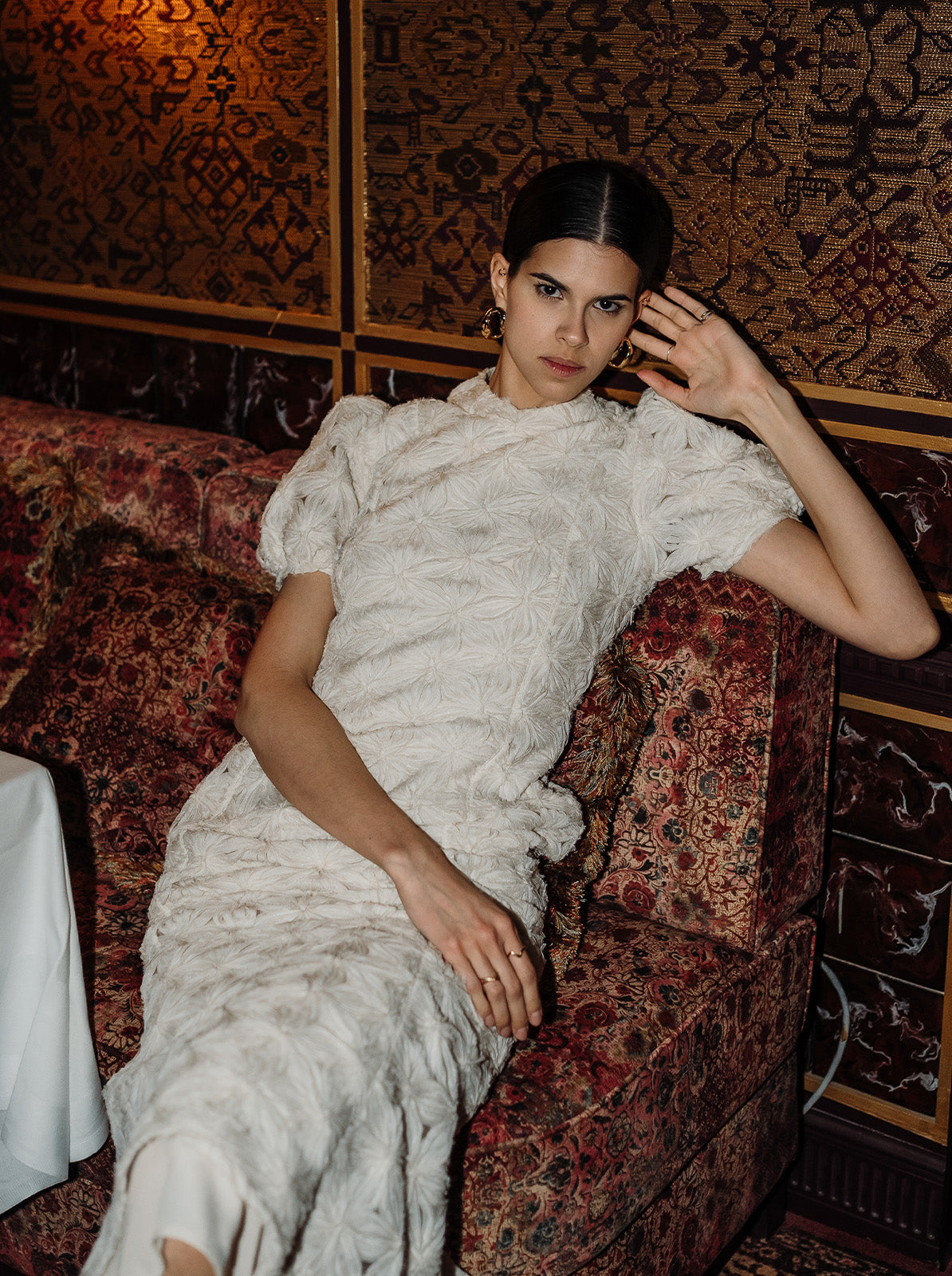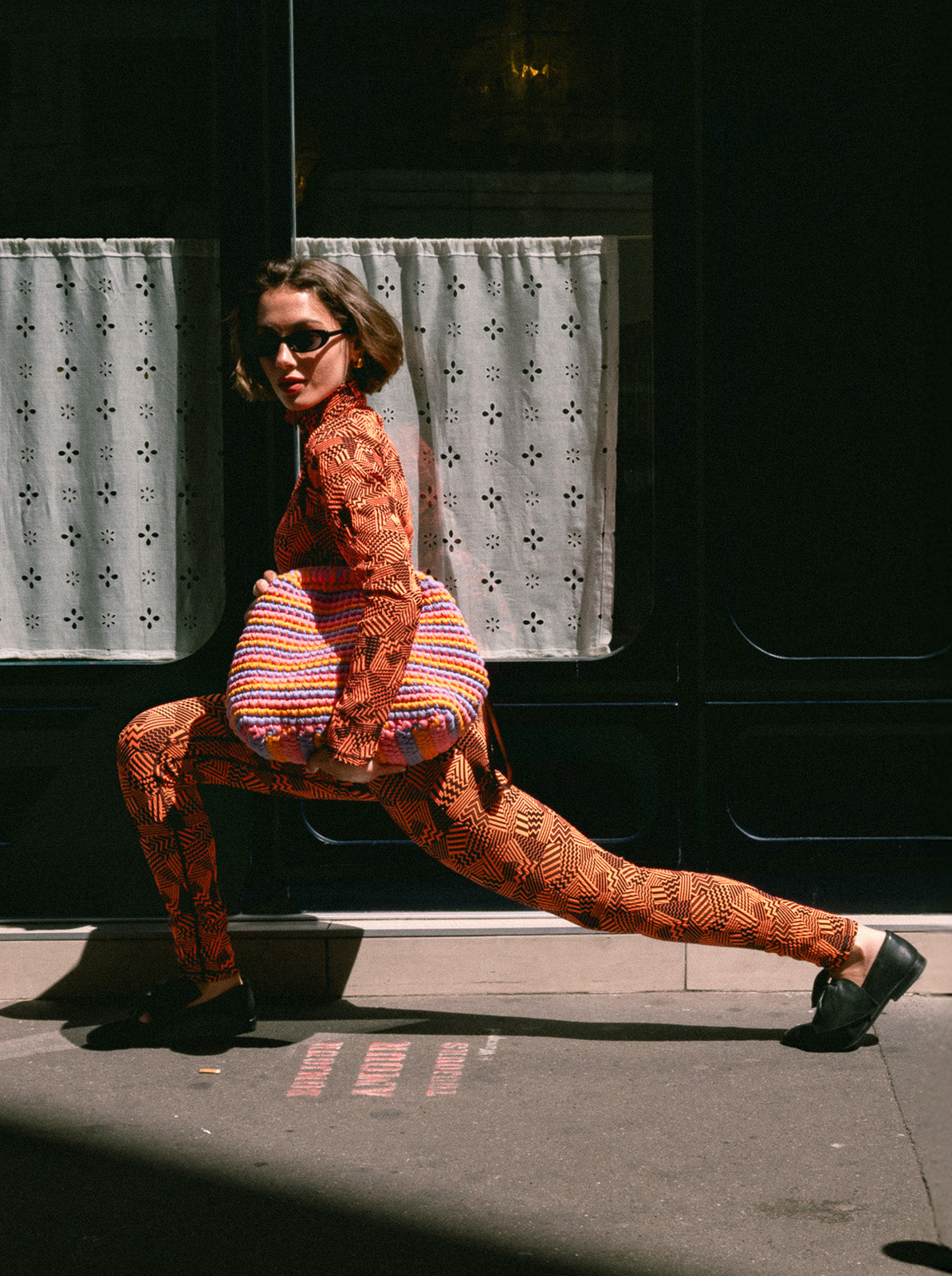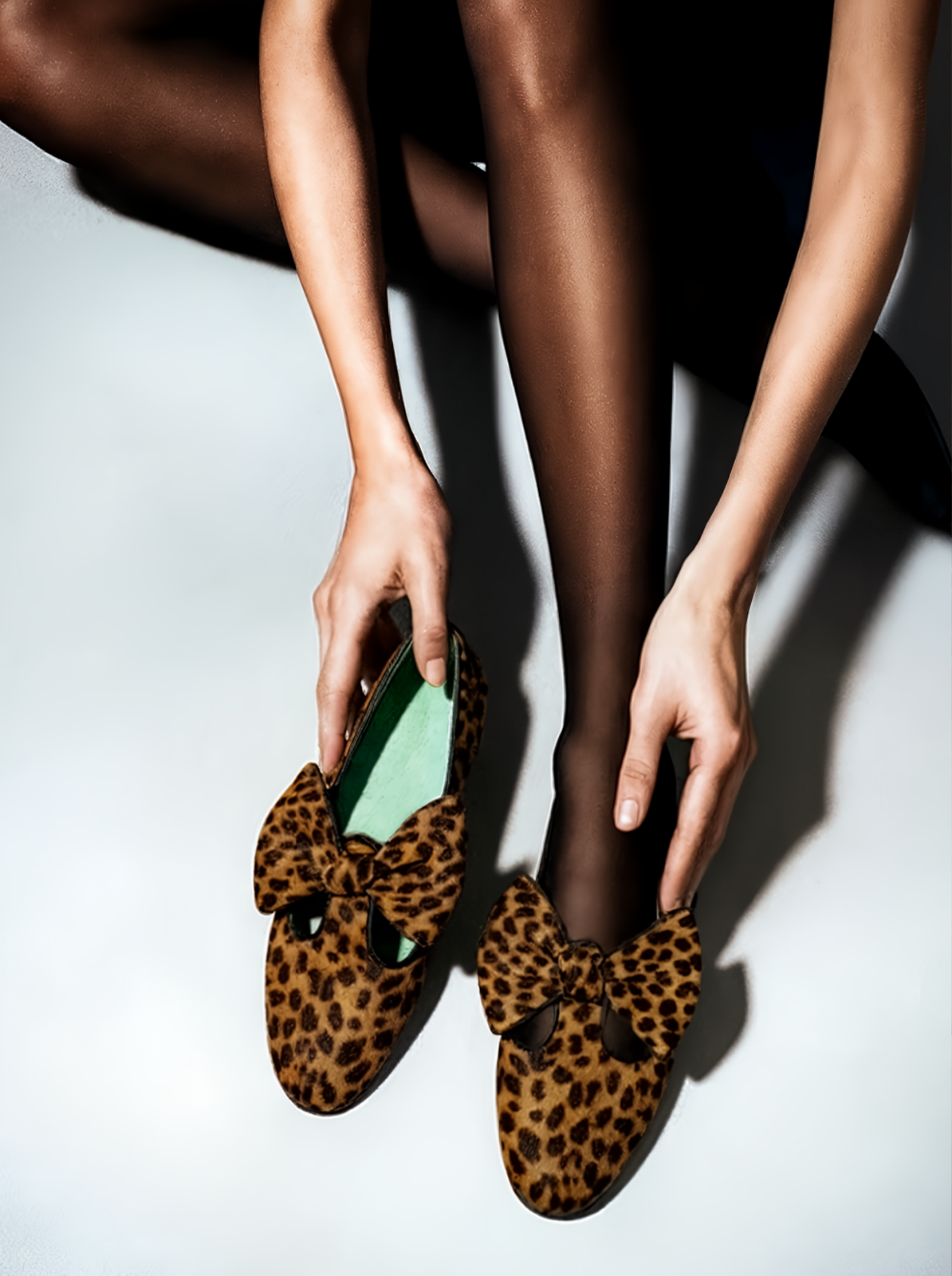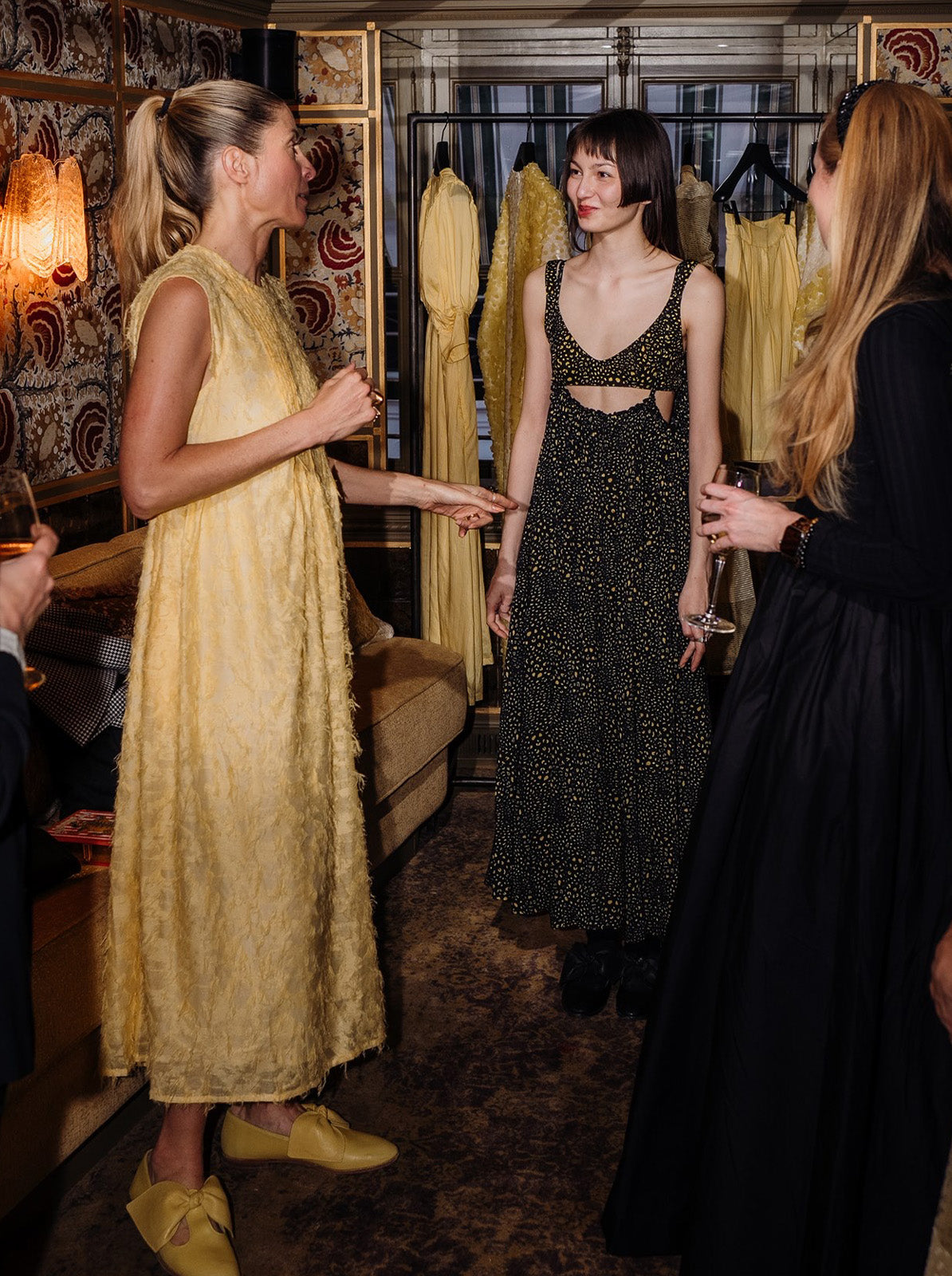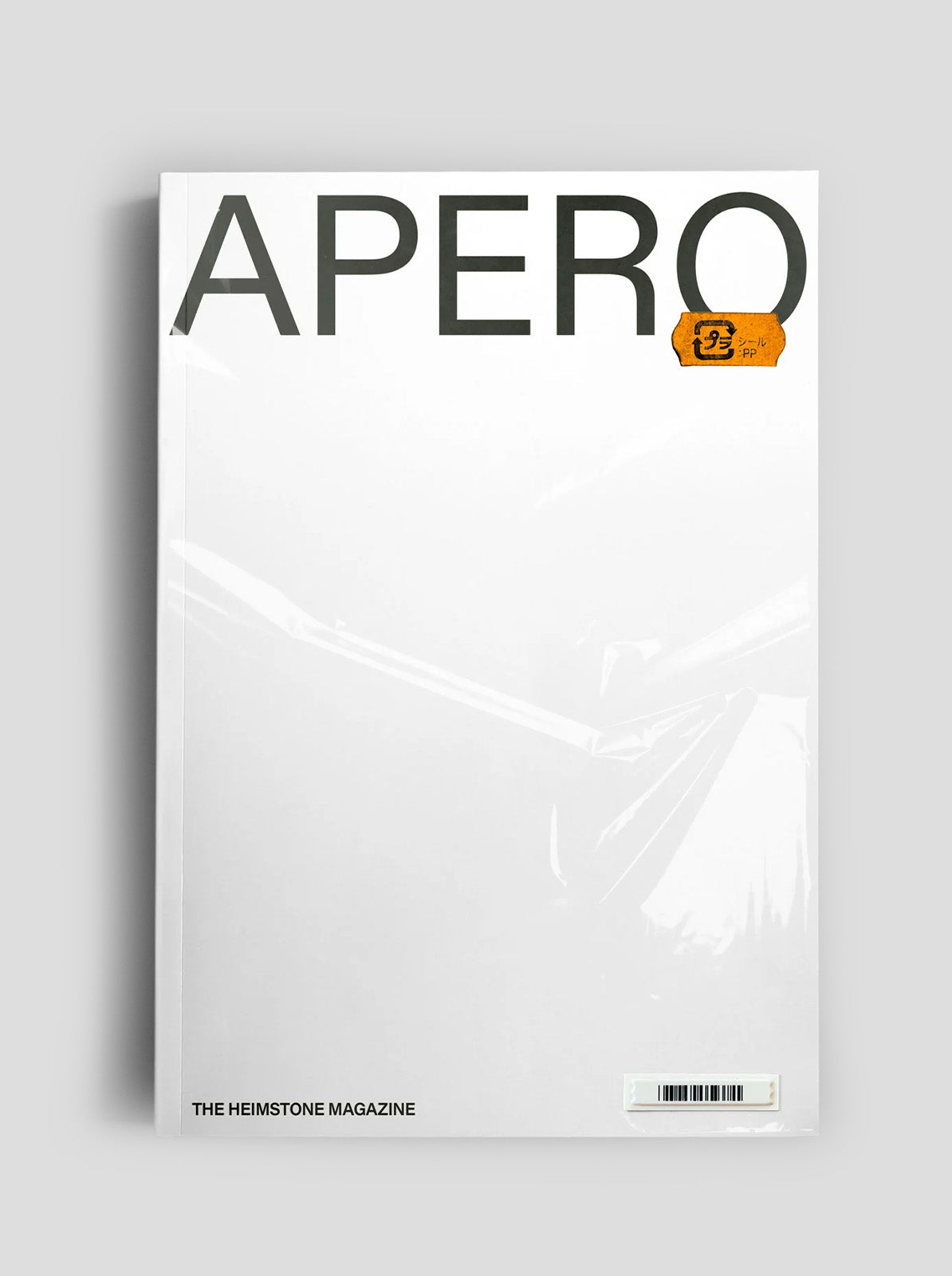Title
CREATIVITY AS A PUNISHMENT
Title


Title
THE CHRYSALIS AND THE BUTTERFLY
Title

TO BE DRIVEN BY INSTINCT
THE SINEWS OF WAR
Title

Title
SAVED BY DETERMINATION
Title

Title
GET UP BY CREATIVITY
HEIMSTONE TODAY AND TOMORROW
Title
Title
